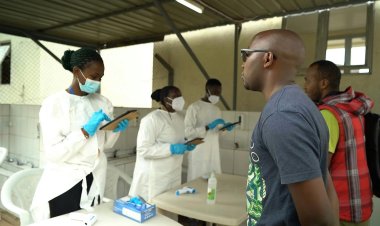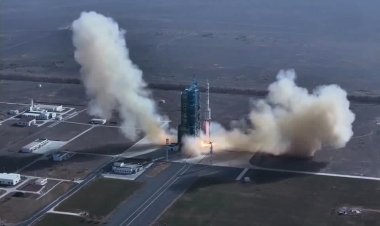Milky Way show reveals Oort cloud spiral

"Encounters in the Milky Way" at the American Museum of Natural History explores the motion of our solar system through the galaxy, using scientific data and visualizations to explain how these cosmic movements have shaped—and continue to influence—our position in space.
One of the most significant findings to emerge during the show’s production came from modeling the Oort cloud, a distant region filled with icy debris left over from the formation of the solar system.
"We immediately saw something that we had never seen before—that no one had ever seen before—it was a spiral structure in this Oort cloud," said astrophysicist and show curator Jackie Faherty.
The spiral shape, she explained, is thought to be formed by the tidal forces of the galaxy. The simulation, based on real data and created with input from planetary scientist David Nesvorny, led to a peer-reviewed paper now published in The Astrophysical Journal.
The Oort cloud visualization is just one example of how “Encounters in the Milky Way” uses data to generate new insights and drive scientific storytelling.
Faherty noted that the structure nearly looks "like a galaxy itself," and emphasized that the discovery came directly from preparing visual material for the show.
Carter Emmart, show director and director of astro visualization at the museum, described the show as an effort to keep audiences emotionally and intellectually engaged, even when dealing with vast timescales and distances.
In addition to charting solar system dynamics, the show looks outward to the broader Milky Way and beyond. Emmart said the experience reminds audiences of their connection to the stars.
The American Museum of Natural History will debut "Encounters in the Milky Way" at the Hayden Planetarium on June 9. Narrated by actor Pedro Pascal, the production marks the seventh original show created for the planetarium and coincides with the 25th anniversary of the Rose Center for Earth and Space.















